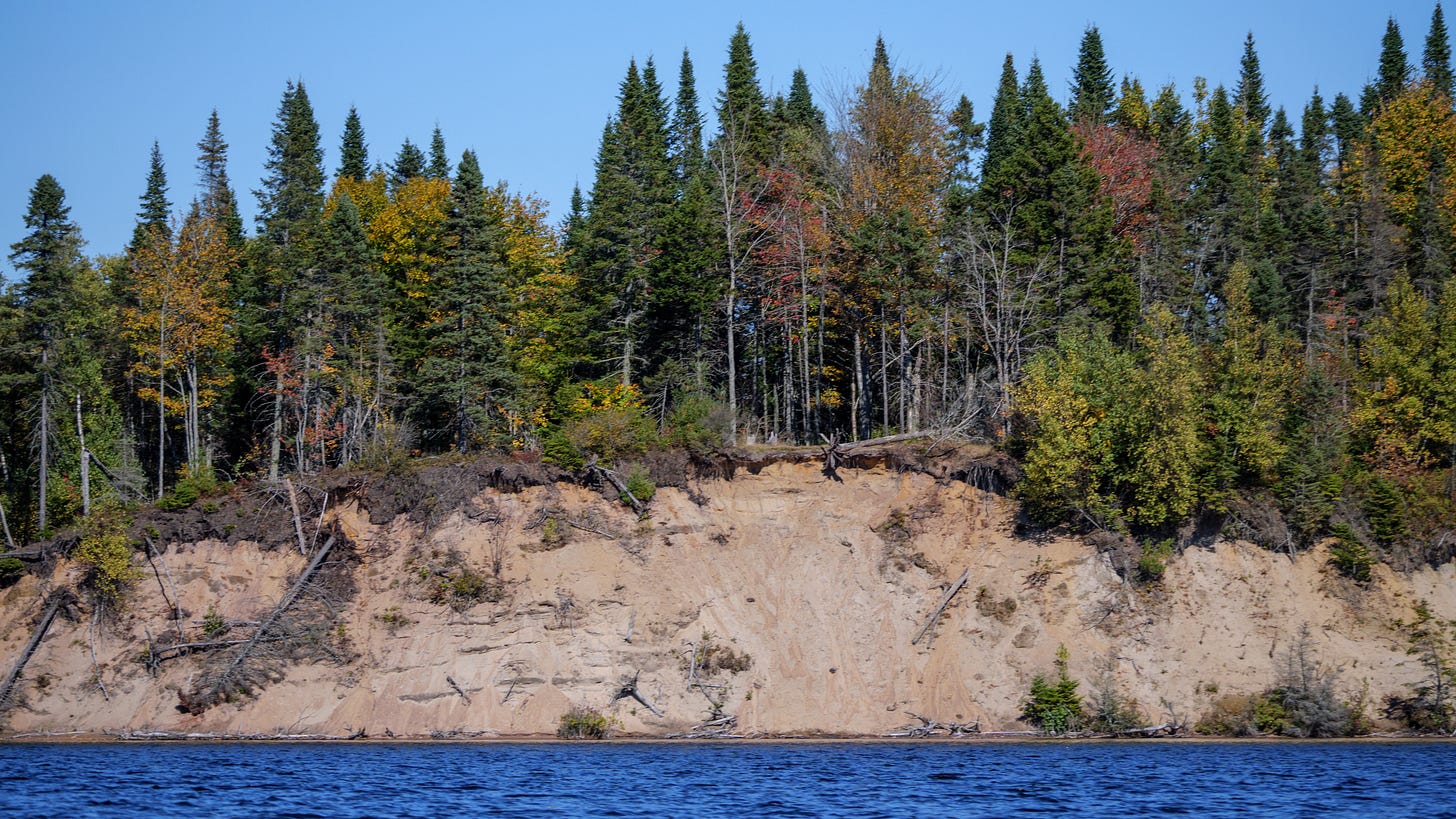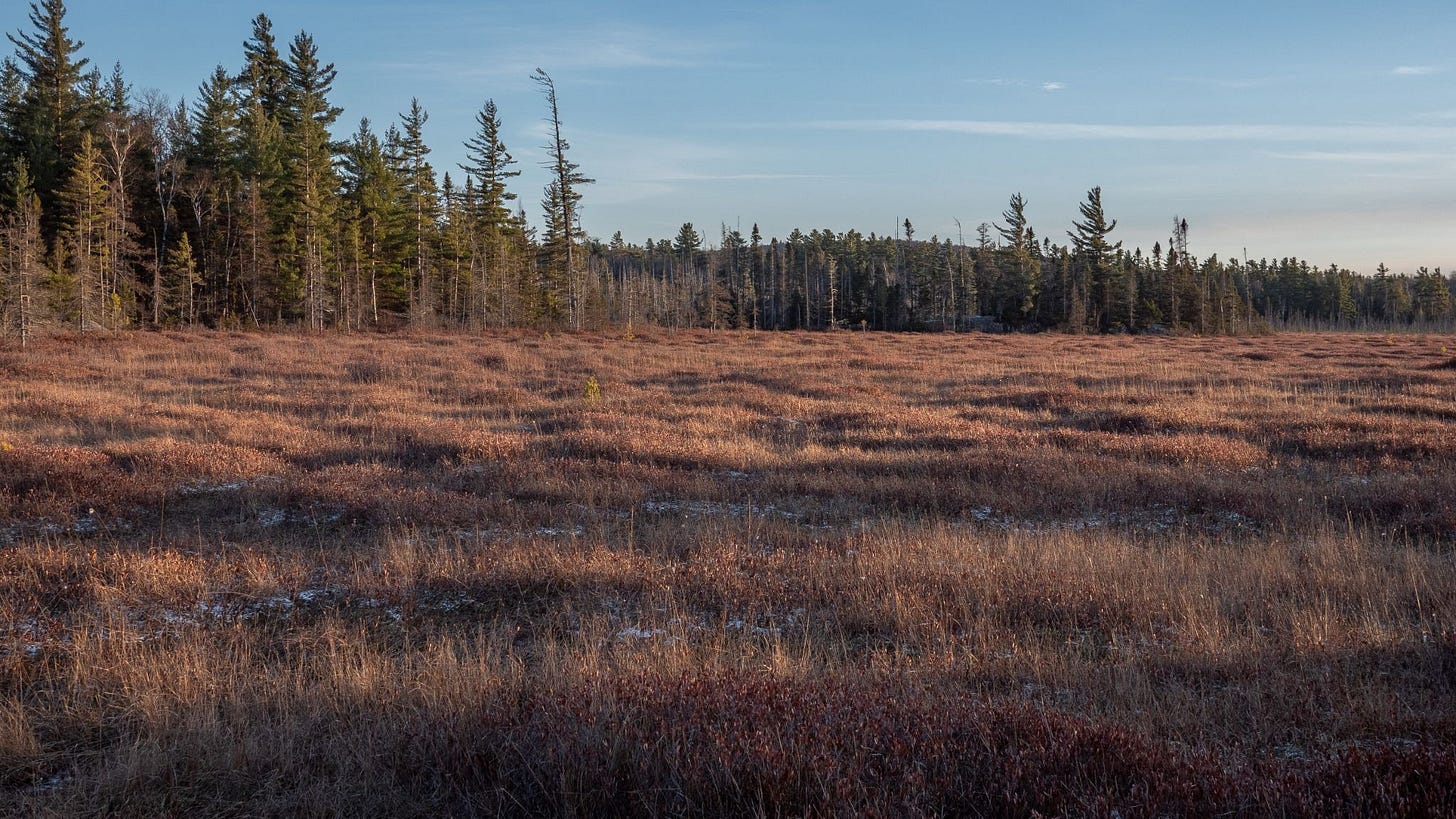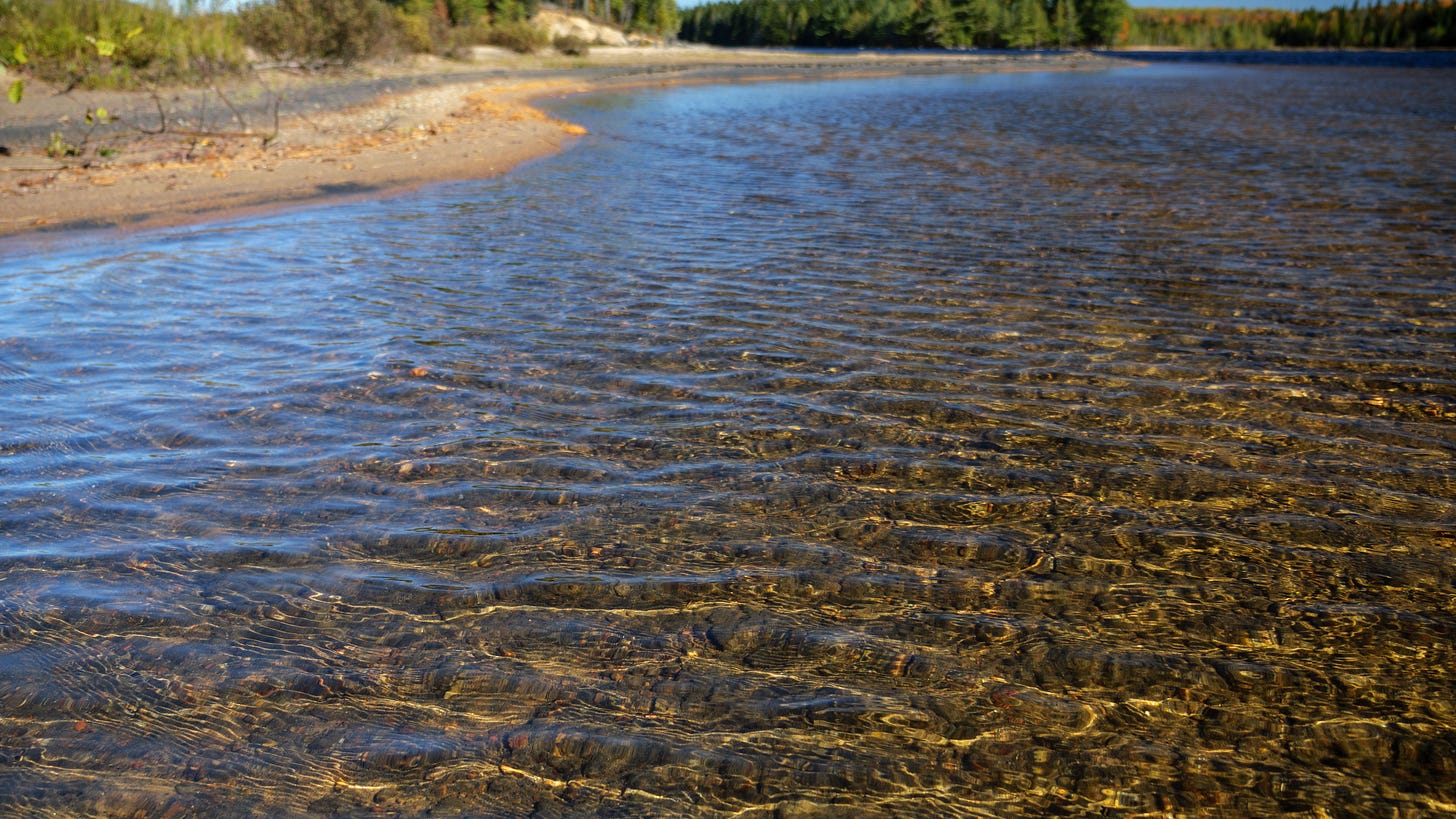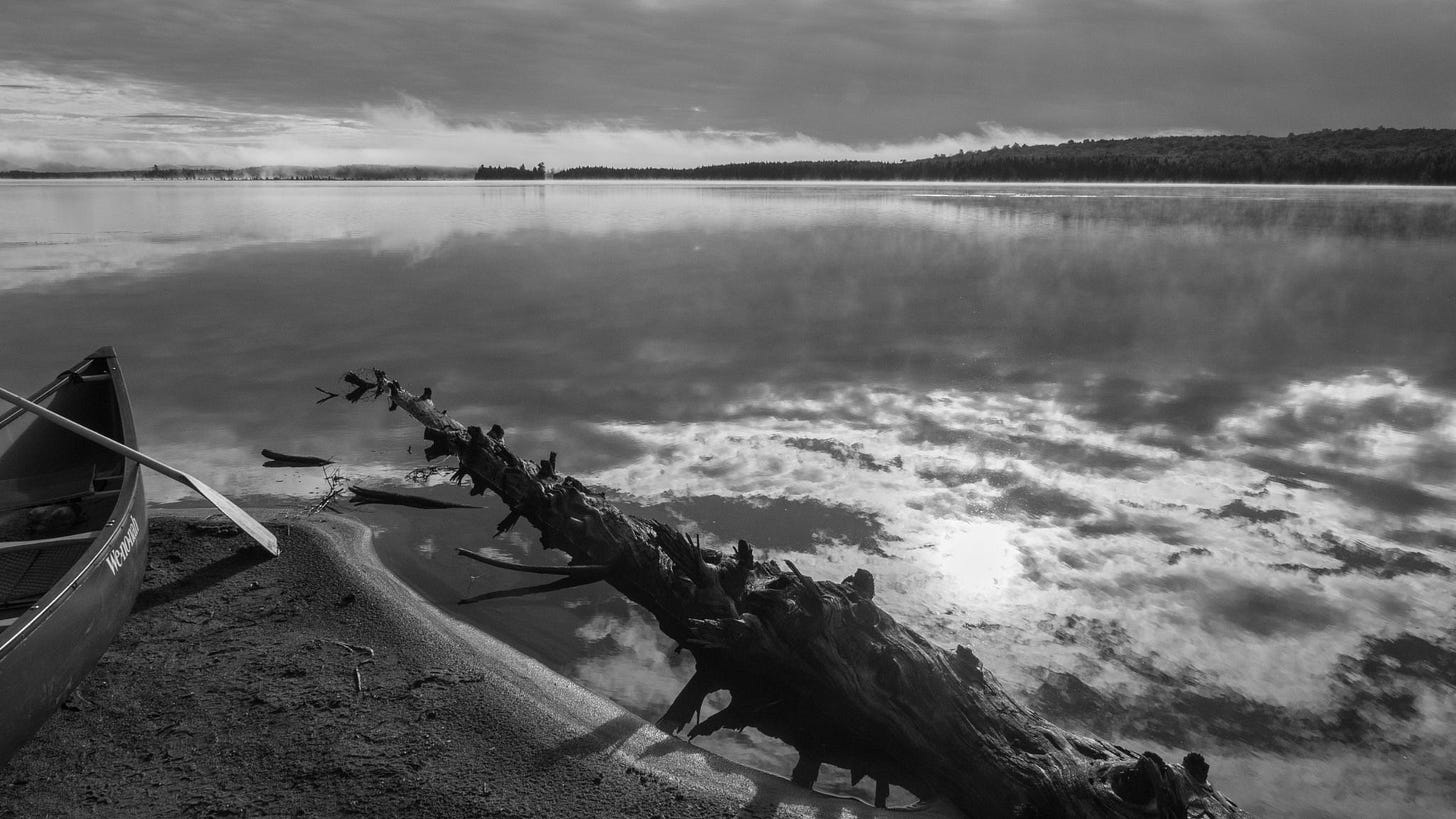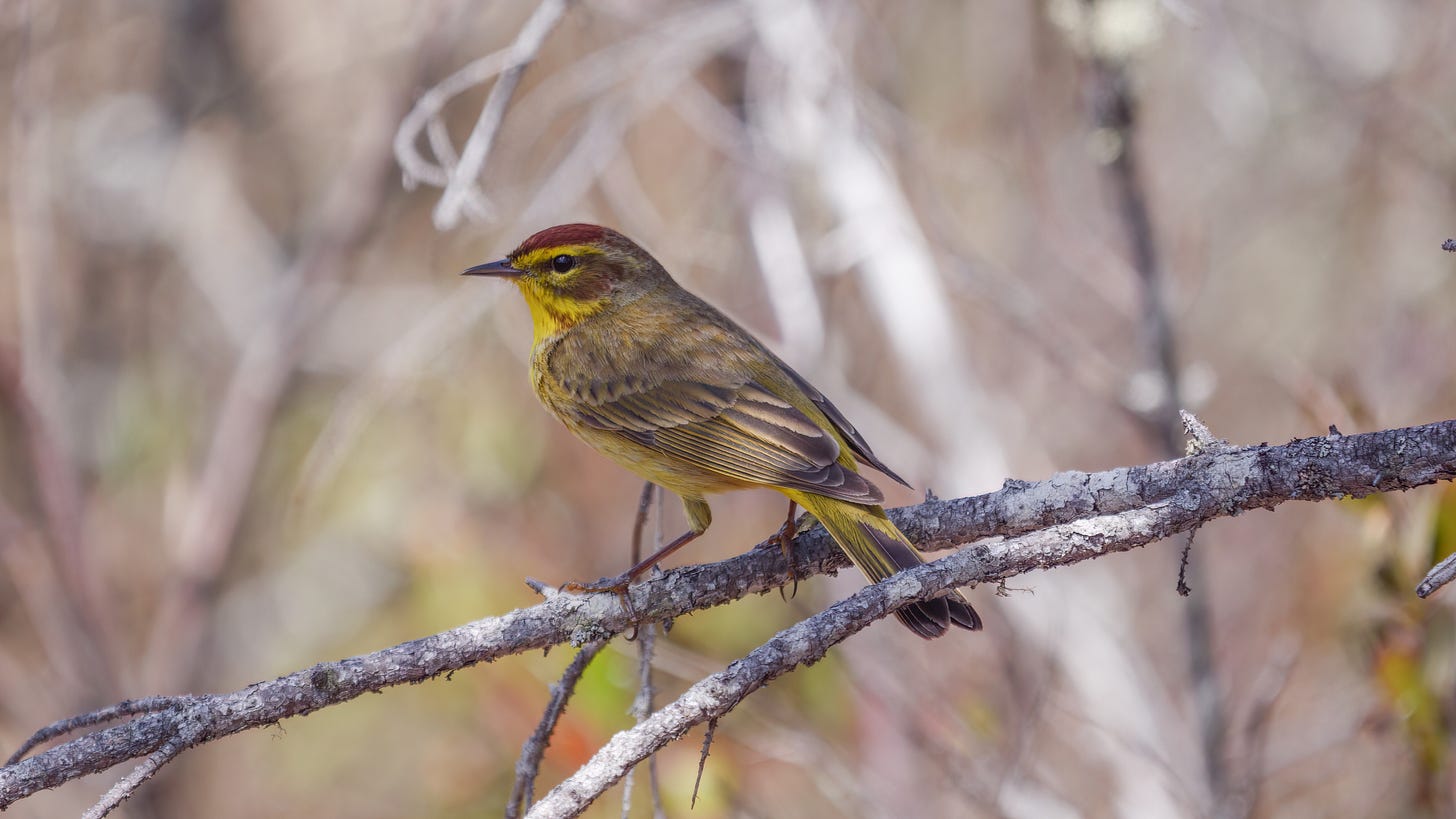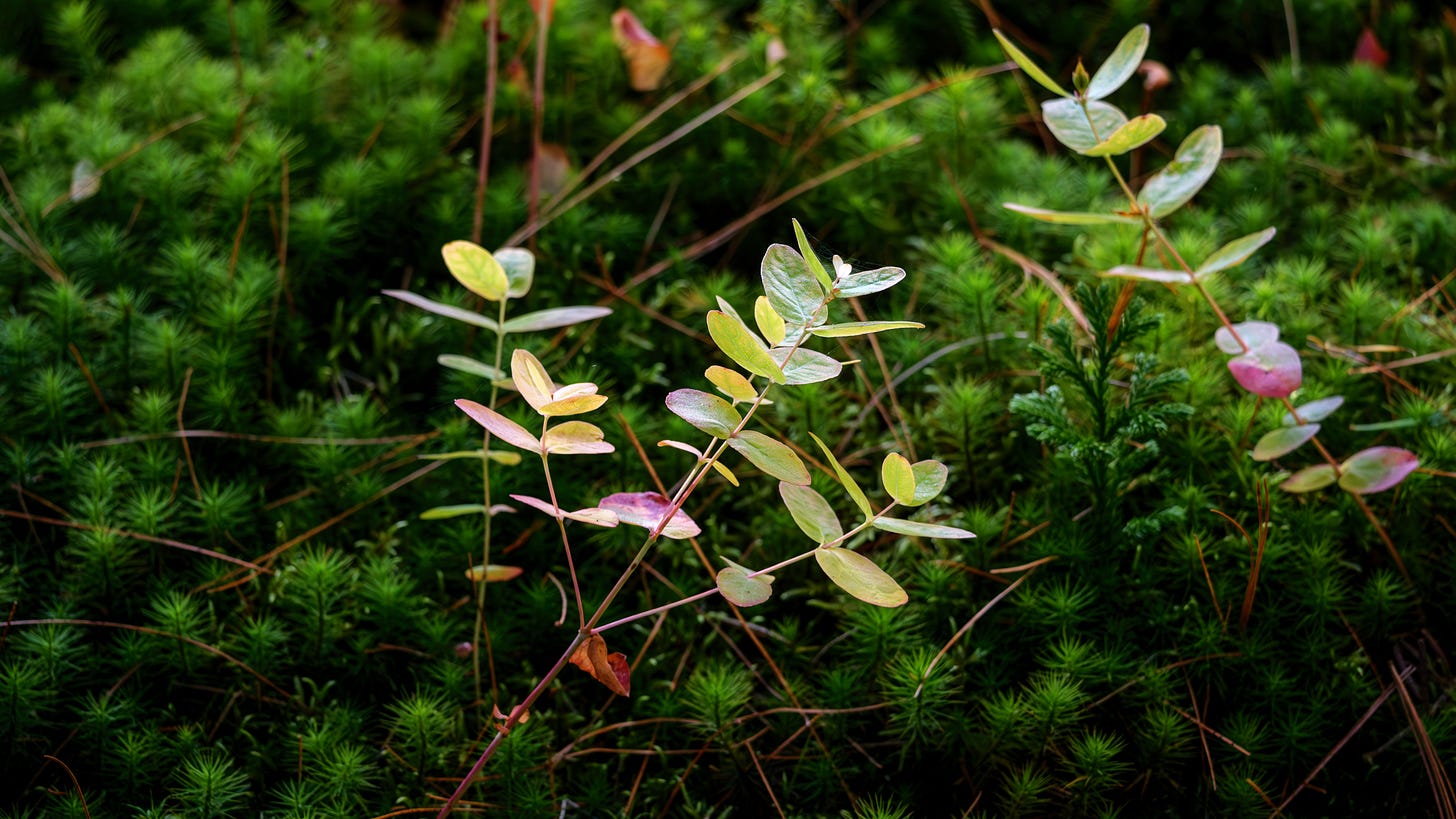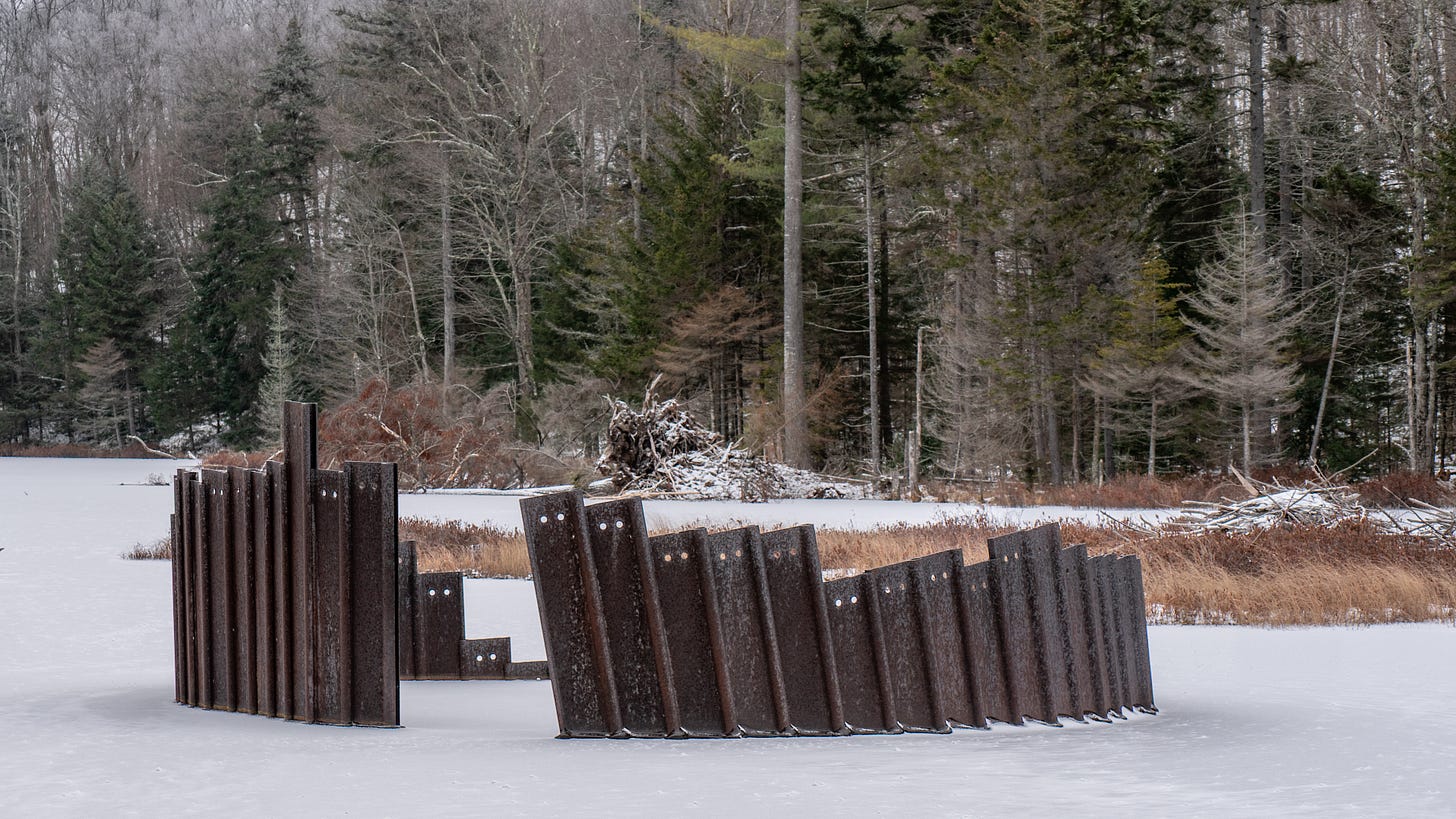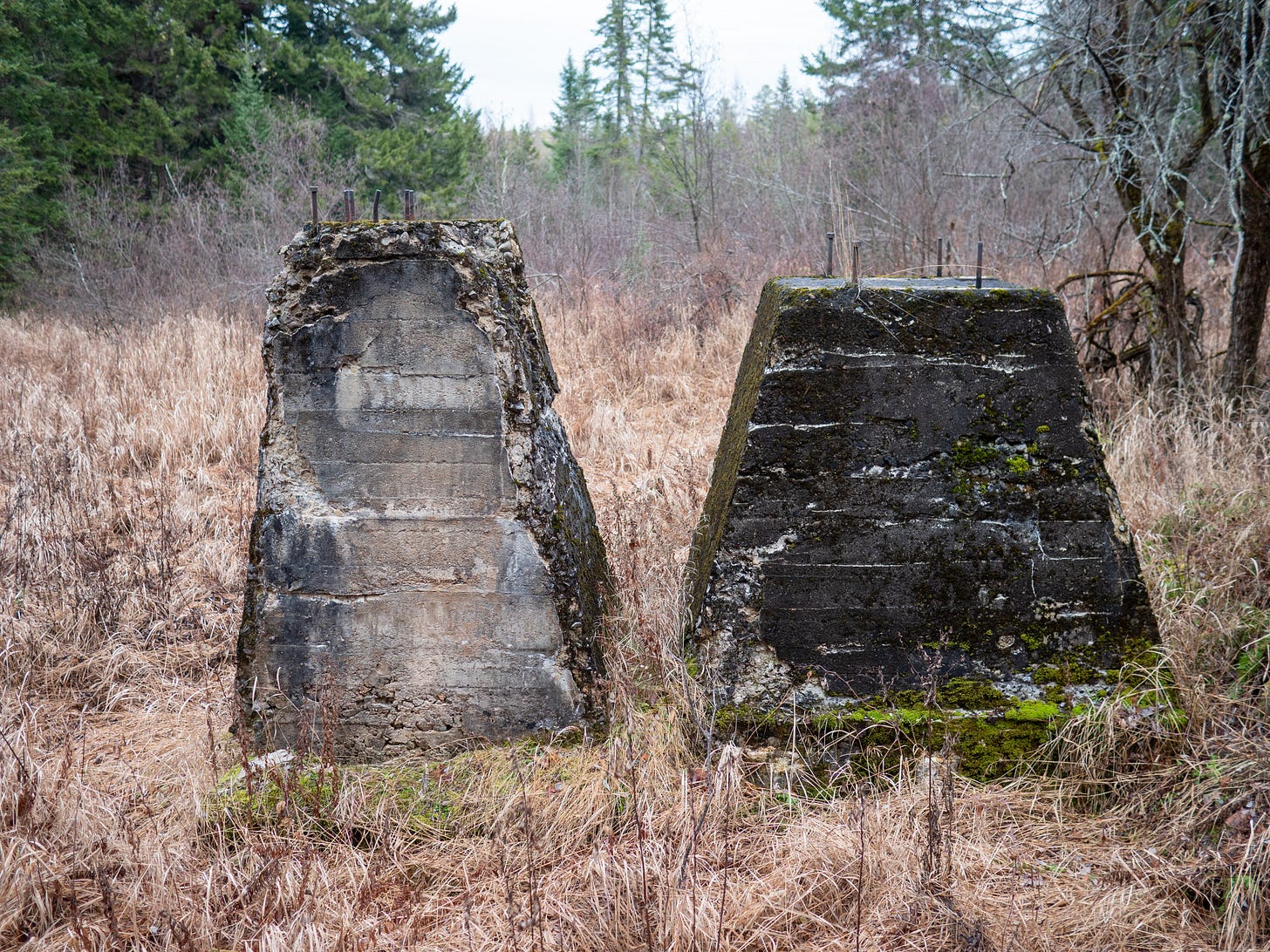Adirondack Boreal
A companion post with additional information and references to accompany the video; Lows Lake, Quintessentially Adirondack on Youtube
Are the Adirondacks boreal? What makes “boreal”? Does it matter?
Boreal: Is it the landscape, the ecological communities, the weather? For me there is a sense of wildness that goes along with “boreal”, echoes of the endless dark and wet forests of Canada and Siberia, the taiga. A wildness that still hangs on in a few Adirondack places.
The glacial terrains of the northwestern Adirondacks set the stage with eskers, great swaths of sorted outwash, and kettle ponds. Overlaid are the bogs and conifer swamps, with distinctive natural communities. As for the weather, the cold and wet Adirondack environment has long resisted entry by the hardwood forests lurking all around. How long that might continue is one of the questions that comes to mind when thinking about Adirondack landscapes. It might be the central question.
A portion of the esker that stretches along the upper Bog River Flow and into Lows Lake
The circum-polar Boreal forest spans Canada reaching its southern limit several hundred miles north of the Adirondacks. But elevation, cold and the reliable flow of moisture coming from the great lakes combine to induce boreal characteristics in the Adirondacks. Especially in the northwestern Adirondacks; roughly the region that encompasses the watersheds of the Raquette, Oswegatchie and Grasse rivers.
Extent of the boreal forest in North America (Audubon America)
Hitchens Pond Bog
This puts the Adirondacks on the frontline of adaptation in a changing world. And there’s one more piece; the forest preserve, several million acres set aside and left undeveloped for 125 years. There is no other place like this in the eastern United States, maybe in the world.
To learn more start with the Lowland Boreal Report, Part I: Composition and Geography – 2004. Written by Jerry Jenkins this report goes into detail on what “boreal” means and whether the wetland and bog country of the Adirondacks should be included. Jenkins is a noted ecologist, botanist, photographer and writer. The report is enjoyable reading but Jenkins never falls into the trap of over-simplification and hand waving.
Jenkins spent decades studying the Adirondacks and his Adirondack Atlas, now 25 years old, holds up brilliantly. It stands among the best regional geographies produced anywhere. Additionally, Jenkins is a primary author for the Northern Forest Atlas website, offering free access to a wealth of materials. A remarkable resource and an act of public service rarely seen these days.
And even today, when both the extent of the boreal and our economic dependence on it are considerably diminished, the boreal is still central to our sense of what the Adirondacks are. It is what theAdirondacks have that neighboring mountains do not have, where the special Adirondack animals live, and why, even in a warming century with an increasing human presence, we can still perceive the Adirondacks, unlike anyplace else in New York or indeed in much of New England, as deeply and essentially northern.
Jerry Jenkins, Lowland Boreal Report, pg. 6
Extended visits to Lows Lake over the past few years have brought me to a new appreciation of what makes the Adirondacks unique. Public and private, wild and tamed, it doesn’t have to be “perfect” to be great. The generations who came before left us a gift of immense value. The forest preserve, unlike anything else in the United States and beyond. In our time, with hard lines drawn everywhere, the soft lines found here demonstrate an alternative. An alternative that is working.
The presence of boreal birds such as the Palm Warbler supports the “boreal” classification.
Abbot Augustus (A.A.) Low envisioned a forest empire in the lands around the lake that bears his name. There would be logging, maple syrup production on an industrial scale, sawmills and even bottled water to be shipped to New York City in heavy glass bottles. He built railway sidings from the New York Central mainline that passed through the corner of the 45,000 acres he owned, and two large dams; dams that cemented his legacy in place.
Unfortunately for Low, his holdings were devastated in the massive fires of 1903 and 1908. With much of his timber, and most of the sugarbush gone, the empire crumbled and AA Low died in 1912.
A summary of Lows accomplishments and the difficulties he encountered can be found here, on the Adirondack Experience website.
The bare ridges above Hitchens Pond and Lows Lake bear witness to the fires. The fires burned down to the bedrock and the open rock that attracts hikers today exists because the forest has not yet returned.
Hikers can see remnants of his plans in the foundations in the vicinity of the upper dam and the railroad grades that led there. There are also some remains at the former site of his sugaring operation and remains of the cistern where the water was bottled now stand in the middle of a beaver pond not far from the dam.
Remants of the structure at the spring where water was bottled.
Pillars that supported the railroad loading dock near the site where maple syrup was made and bottled.
If you plan to visit the area, the New York State Department of Environmental Conservation website provides maps and details; found here.

